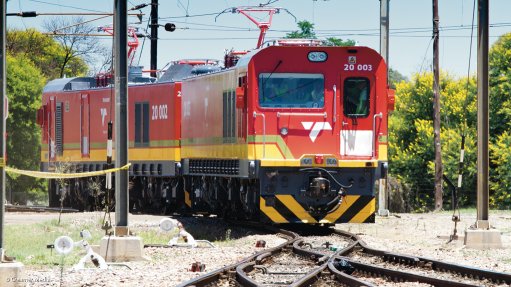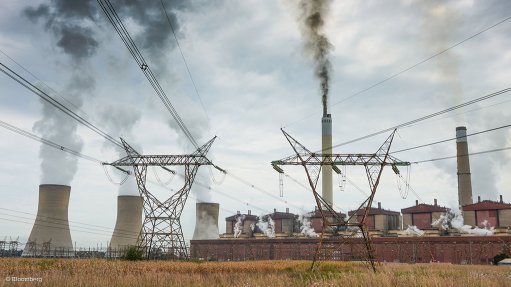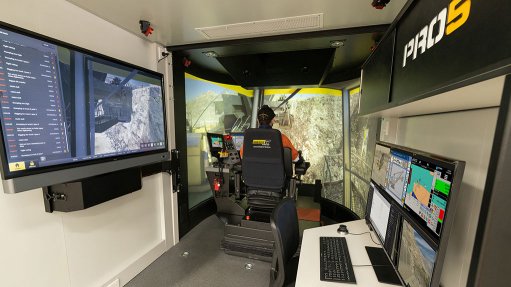UK researchers develop a construction material using fungi and knitted wool
British scientists have developed a new building material which uses a paste derived from the root network of the mycelium fungus in combination with a knitted textile framework (more pedantically, formwork). Although not the first biomaterial produced from fungi, this new fungus/textile material has a strength and versatility that its predecessors did not have. The aim of this research is to reduce the environmental impact of the construction industry.
The paste, produced from the root network of the mycelium fungus, has been named mycocrete by the scientists who developed it. The knitted formwork was created from sterilised merino yarn. The development of mycocrete and the formwork was a project of the Living Textiles Research Group of the Hub for Biotechnology in the Built Environment at Newcastle University, in England, funded by Research England.
“Our ambition is to transform the look, feel and wellbeing of architectural spaces using mycelium in combination with bio-based materials such as wool, sawdust and cellulose,” explained Newcastle University’s Dr Jane Scott. She is the corresponding author of the paper in which the research results were reported, published by “Frontiers in Bioengineering and Biotechnology”.
To create mycelium paste-based composite materials, mycelium spores are mixed with grains that they can use for food and with material that they can grow on. The resulting mixture is packed into a mold and placed in an environment that promotes the growth of the fungus – in other words, dark, warm and humid. This process binds the mixture tightly together. Then, once it has reached the right density, and before it develops fruiting bodies (which we call mushrooms), it is dried out.
In theory, the resulting material could provide a replacement for foam, plastic and timber that is both cheap and sustainable. The obstacle is that mycelium needs oxygen to grow, and this limits the size and shape of the rigid molds that have hitherto been employed, which, in turn, currently limits the application of these materials.
Knitted textiles could provide an answer. They would provide molds that would be oxygen-permeable and could change from being flexible to being stiff, as the mycelium grows.
“Knitting is an incredibly versatile 3D manufacturing system,” she pointed out. “It is lightweight, flexible, and formable. The major advantage of knitting technology compared to other textile processes is the ability to knit 3D structures and forms with no seams and no waste.”
However, textiles can yield too much. Further, it is difficult to pack textile molds consistently. So, the Newcastle team set out to create both a new mycelium mixture and a knitted form production system. To create mycocrete, they mixed the mycelium with paper powder, paper fibre clumps, water glycerin, and xanthan gum. The resulting paste was introduced into knitted formworks (in the shape of tubes) using an injection gun, which improved packing consistency. The paste had to be sufficiently liquid for the delivery system to work, but sufficiently firm to hold its shape. During the filling process, the knitted tubes were fixed to a rigid structure, so that any changes in the fabric’s tension would not have any effect on the performance of the mycocrete.
In parallel, the team also produced conventional mycelium composite material as a “control”, to provide comparison with mycocrete. Once dried, the differing materials were put through tension, compression and flexion strength tests. The mycocrete proved superior in all respects to the conventional mycelium composite materials. The results also suggested that the use of knitted textile formwork would result in more consistent and predictable manufacturing results.
Further, the team was able, using a flexible knitted form, to create a larger prototype structure, in the form of a complex freestanding dome produced as a single piece, with no joins that could be weak points, as a proof-of-concept. “The mechanical performance of the mycocrete used in combination with permanent knitted formwork is a significant result, and a step towards the use of mycelium and textile biohybrids within construction,” she highlighted.
Comments
Press Office
Announcements
What's On
Subscribe to improve your user experience...
Option 1 (equivalent of R125 a month):
Receive a weekly copy of Creamer Media's Engineering News & Mining Weekly magazine
(print copy for those in South Africa and e-magazine for those outside of South Africa)
Receive daily email newsletters
Access to full search results
Access archive of magazine back copies
Access to Projects in Progress
Access to ONE Research Report of your choice in PDF format
Option 2 (equivalent of R375 a month):
All benefits from Option 1
PLUS
Access to Creamer Media's Research Channel Africa for ALL Research Reports, in PDF format, on various industrial and mining sectors
including Electricity; Water; Energy Transition; Hydrogen; Roads, Rail and Ports; Coal; Gold; Platinum; Battery Metals; etc.
Already a subscriber?
Forgotten your password?
Receive weekly copy of Creamer Media's Engineering News & Mining Weekly magazine (print copy for those in South Africa and e-magazine for those outside of South Africa)
➕
Recieve daily email newsletters
➕
Access to full search results
➕
Access archive of magazine back copies
➕
Access to Projects in Progress
➕
Access to ONE Research Report of your choice in PDF format
RESEARCH CHANNEL AFRICA
R4500 (equivalent of R375 a month)
SUBSCRIBEAll benefits from Option 1
➕
Access to Creamer Media's Research Channel Africa for ALL Research Reports on various industrial and mining sectors, in PDF format, including on:
Electricity
➕
Water
➕
Energy Transition
➕
Hydrogen
➕
Roads, Rail and Ports
➕
Coal
➕
Gold
➕
Platinum
➕
Battery Metals
➕
etc.
Receive all benefits from Option 1 or Option 2 delivered to numerous people at your company
➕
Multiple User names and Passwords for simultaneous log-ins
➕
Intranet integration access to all in your organisation
















